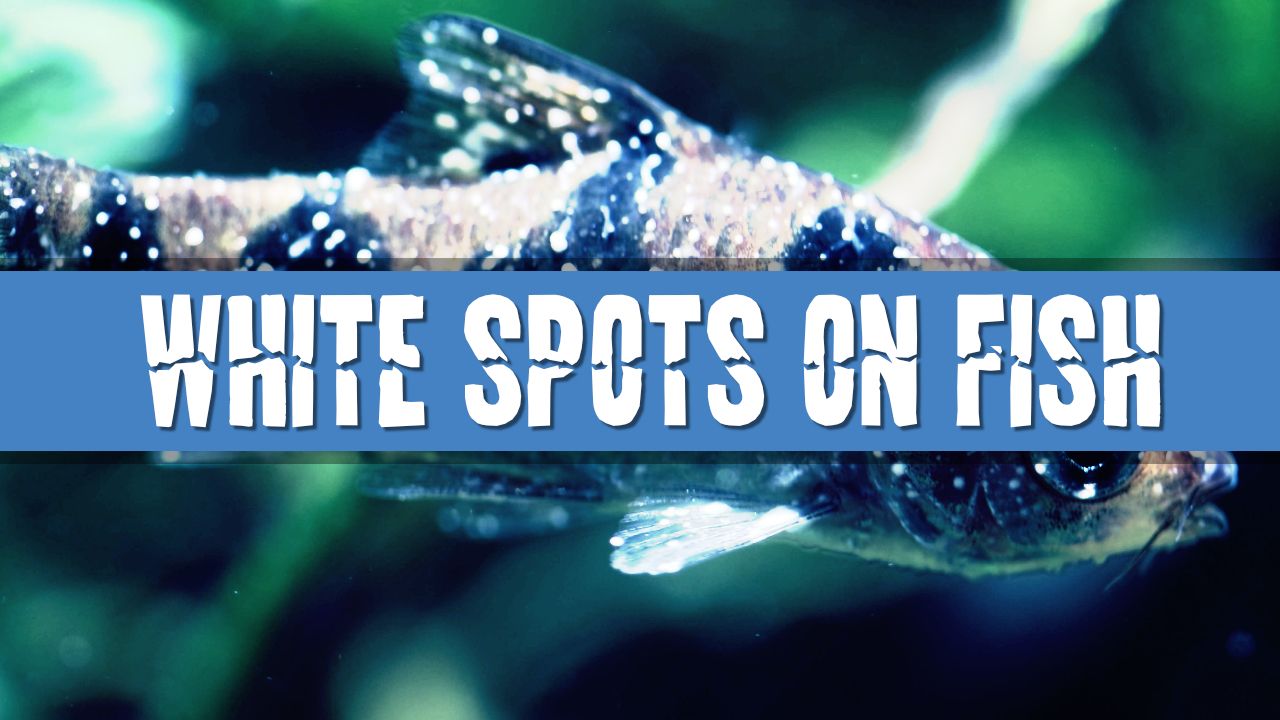Identifying and Treating White Spots on Fish: Common Causes and Solutions
White spots on fish could indicate ich, a common parasitic infection. Other causes include fungal infections, stress, or poor water quality. Proper diagnosis and treatment are crucial for your fish's health. Read on to learn more about identifying and addressing white spots in fish.

Has it ever happened that you are observing your fish glide gracefully through the water and suddenly notice tiny, pinhead-sized white spots speckling its body and fins? Such spots are more than just a cosmetic issue. They often signal the presence of a common fish disease known as "Ich," or White Spot Disease. I've experienced this issue in my own tanks over the years and can provide some helpful insight into what causes it and how to address it.
Ich is caused by the parasite Ichthyophthirius multifiliis, which infects both fresh and saltwater fish. Fish under stress, like when they're introduced to a new tank, are especially vulnerable. Learning how to spot the signs early can make a big difference in your pet's recovery.
Spotting the Signs
The most obvious sign of Ich is the appearance of small white spots, similar in size to a grain of salt, across the fish's body, fins, and gills. However, there are other symptoms that may point to Ich before these spots even appear. You might observe your fish rubbing against objects in the tank or notice a loss of appetite, both early indications of discomfort. If left untreated, Ich can result in labored breathing and lethargy, ultimately leading to high mortality rates.
What Causes Ich?
The Ich parasite enters the tank through new fish that are already infected or on plants that have come from an infected tank. It can also enter your aquarium through contaminated nets and other tools. This highlights the importance of quarantining new arrivals before introducing them to your existing tank community, as discussed in my previous article, "Will my platies eat their babies?".
Treating Ich
Fortunately, Ich is treatable, and your fish can fully recover with the right approach. First, you should gradually increase the temperature of your aquarium to 78-80°F. Warmer temperatures speed up the life cycle of the Ich parasite, allowing treatments to work more effectively. Use an accurate aquarium tank water volume calculator to ensure correct medication dosage.
Medications such as copper sulfate, malachite green, and formalin are commonly used to treat Ich. Follow the manufacturer's instructions carefully when using these treatments. Be sure to remove any carbon from your filter before treatment, as it can absorb the medication, making it less effective. Don't forget to clean your aquarium filter regularly, as it can harbor parasites.
Preventing Ich
As the saying goes, "Prevention is better than cure." Keeping your tank clean and ensuring your fish are stress-free can go a long way in preventing Ich. Regular water changes, balanced diet, appropriate tank size, and careful quarantine of new arrivals can significantly reduce the risk of an outbreak.
If you're still seeing signs of Ich after implementing these tips, or if you have any further concerns about your fish's health, it's a good idea to consult with a veterinary professional. They can help you pinpoint any underlying issues that might be causing the problem.
Conclusion
In conclusion, while white spots on your fish may cause some concern, knowing how to identify and address the problem can help ensure your aquatic friends lead happy, healthy lives. Remember, prevention is key, and a well-maintained tank environment will keep your fish stress-free and less susceptible to diseases like Ich.

